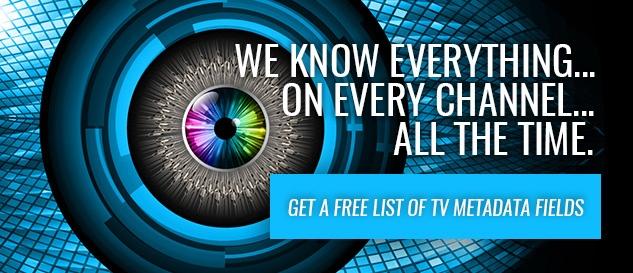 |
| The Modern AT&T U-Verse EPG |
On-screen electronic program guides, or EPGs, have been
around for approximately 33 years. Over the past three decades, the look and
purpose of this mechanism has undergone quite the evolution, and looking ahead
to the future of the industry, will only continue to grow to suit the demands
of data-craving audiences.
The Old Days
In 1981, the United Video Satellite Group (UVSG) provided the very first Electronic Program Guide Channel in the U.S., which allowed cable subscribers to access television listings on their screens for the first time. It was a simple arrangement that was essentially just comprised of the channel number and program name.
Towards the tail end
of the decade, the system was rebranded as the Prevue Guide, and continued
under this name until the new millennium. In addition to television listings,
advertisements and music were also added to the mix.
 |
| The original StarSight Telecast guide |
The 1990s were a time of EPG innovation. StarSight
Telecast, Inc. debuted an interactive on-screen guide service (IPG) in 1994 to accommodate
the continually increasing amount of cable and satellite channels. This service
was available to monthly-subscribers only, and featured synopses and
descriptive data. As the years continued, set-top boxes across the U.S.
received this new type of guide from StarSight and its competitors.
With the rise of the IPG, the need for a scrolling EPG
quickly dwindled. Viewers could navigate to whatever channel they wanted to
learn more about a show. The IPG became an industry standard in the 2000s, and
the content for them only improved. Actors, celebrities and entities are now
attached to individual programs, as well as station logos and program
showcards. Everything is easily organized and searchable.
What’s present today is effectively more than just an IPG
or EPG: it’s an entertainment and information gateway on the TV screen.
But what’s in store for this interface?
The global number of TVs connected to the internet is expected to grow 150% in the next five years, which could dramatically alter the
navigational landscape.
 |
| EchoStar's U.S. Patent US20130229344 A1 |
In recent times, several cable operators have decided to insert advertising into the television schedules in an effort to raise more revenue.
A study from video ad technology provider YuMe found that 90% of connected TV users notice and engage with placements.
A current industry buzz phrase is “social TV.” In 2012, KIT Digital revealed what they described as a “Social Program Guide” (SPG),
which allows viewers to connect their social media networks to their EPG for listings
recommendations and interaction with friends.
Also that year, a study released by research firm Gigaom indicated that EPGs will soon move to a
cloud-based format.
This past September, satellite provider EchoStar received a patent
for “systems and methods for hand gesture control of an electronic device,” which would
let the end user cause “movement of an active pane of [an] EPG” with hand
signals. Israeli software developer PointGrab has also established
similar technology.
 |
| Sky's 2014 EPG |
And at the Consumer Electronics Show Las Vegas in January
2014, Philips demonstrated their uWand
remote control, a device that lets one record content through an inventive drag-and-drop
EPG.
As new pioneers and trailblazers arise in the EPG
industry, FYI Television plans on remaining at the forefront, with flexible data to accommodate all kinds of IPG and EPG needs, including TV
listings, rich media content, images, biographical information and more. We can’t
wait to see what comes next.
Author: Brian Cameron
Author: Brian Cameron
Follow @FYITV







Post a Comment